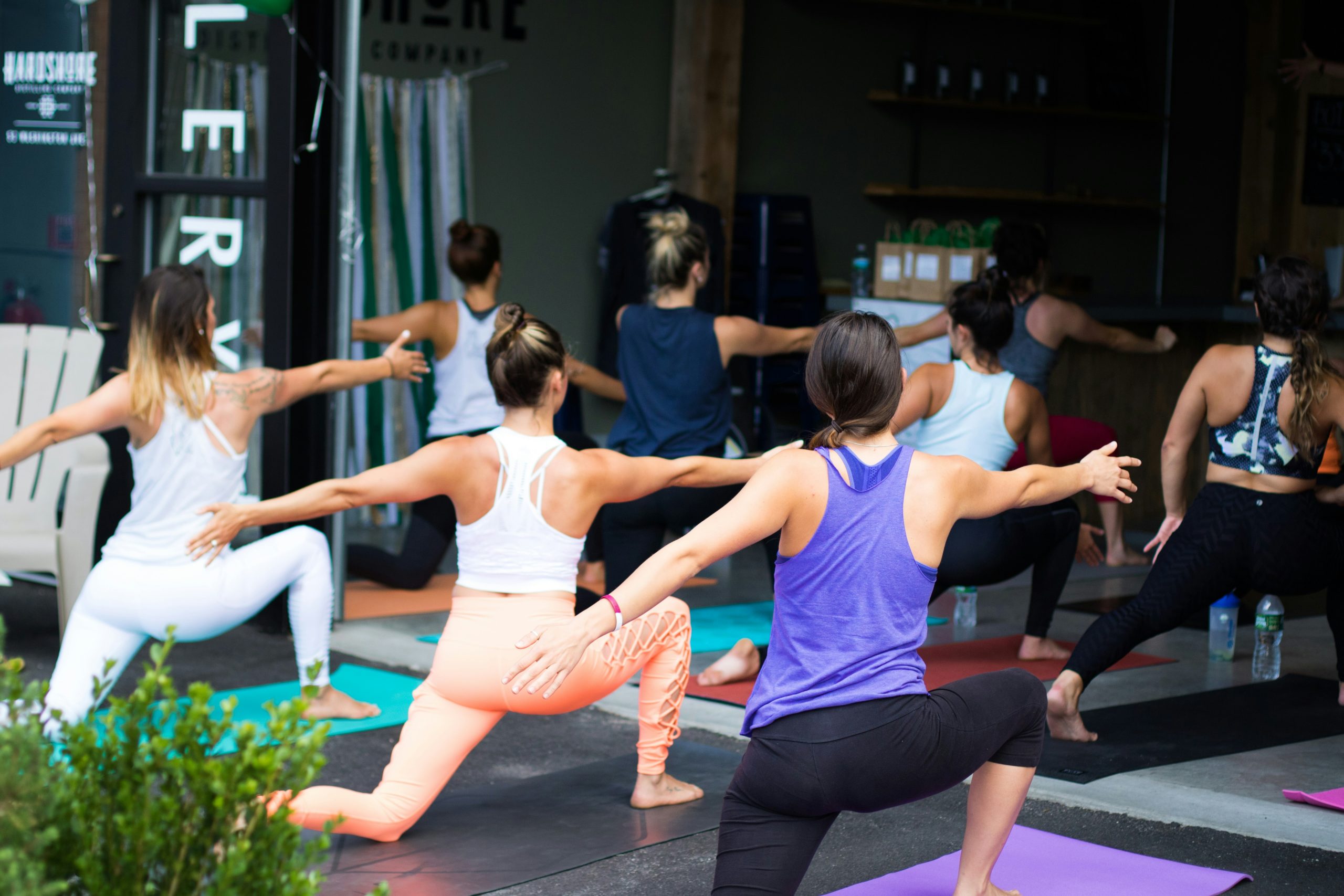Yoga for Back Pain Relief: Poses and Tips

Before diving in, please note: This post is for informational purposes only. If you’d like to know more about how we approach topics, feel free to check out our friendly Disclaimer Page.
Hey there, amazing readers! 🖐️ Just a quick note: yes, we know there are a lot of ads here. Trust us, we get it—it’s not the prettiest look, but they help us keep this blog alive and kicking. Those pesky little ads cover the costs of all the behind-the-scenes magic, from hosting and tech stuff to creating content we hope you’ll love.
We’re committed to delivering quality posts, and your support (even just sticking around despite the ads) means everything to us. So, bear with us, and thanks for helping us keep the good vibes rolling. Now, on to the fun stuff! 😉
TRANSLATE BUTTON AT THE END OF THE ARTICLE
Understanding Back Pain
Back pain is a prevalent issue that affects millions of people worldwide.
It can stem from various causes such as poor posture, muscle strain, injury, or underlying medical conditions.
The discomfort and limitations it brings can significantly impact one’s quality of life.
Understanding the root cause of your back pain is crucial in finding the most effective treatment or management strategy.
While seeking professional medical advice is always recommended, incorporating yoga into your routine can be a beneficial and holistic approach to finding relief.
Benefits of Yoga for Back Pain
Yoga offers a myriad of benefits for individuals dealing with back pain.
The gentle stretching and strengthening exercises can help improve flexibility, reduce muscle tension, and enhance overall posture.
Additionally, the focus on mindfulness and breath awareness in yoga practice can help alleviate stress and tension, which often contribute to back pain.
By regularly practicing yoga, you can gradually build strength in your core and back muscles, leading to better support for your spine and overall back health.
Precautions Before Starting
Before diving into a yoga practice for back pain relief, it’s essential to take some precautions to ensure your safety and prevent further injury.
Consult with your healthcare provider to get clearance for starting a new exercise routine, especially if you have existing back issues.
Inform your yoga instructor about your condition so they can provide modifications or alternatives to certain poses.
Start slowly and listen to your body’s cues – if a pose causes sharp pain or discomfort, ease out of it immediately.
Remember that yoga is meant to be a gentle practice, so never force yourself into a position that feels beyond your limits.
Gentle Poses for Beginners
For beginners looking to alleviate back pain through yoga, starting with gentle poses is key.
These poses focus on stretching and loosening tight muscles while promoting relaxation.
Some gentle poses that can be beneficial include:
Child’s Pose: This pose helps stretch the lower back and hips while promoting relaxation.
Cat-Cow Stretch: This gentle flow between arching and rounding the back can help improve spinal flexibility.
Sphinx Pose: This backbend gently stretches the spine and opens up the chest, relieving tension in the back.
Intermediate Poses for Strength
As you progress in your yoga practice, incorporating intermediate poses that focus on building strength in the back and core muscles can be beneficial.
These poses help stabilize the spine and prevent future back pain.
Some intermediate poses to try include:
Bridge Pose: This pose strengthens the back, glutes, and hamstrings while opening up the chest and shoulders.
Plank Pose: By engaging the core and back muscles, this pose helps improve overall strength and stability.
Warrior II: This standing pose not only strengthens the legs but also engages the back muscles, promoting better posture.
Advanced Poses for Flexibility
For those looking to further enhance their flexibility and deepen their yoga practice, advanced poses can provide a challenge while offering benefits for back pain relief.
These poses require a greater level of strength and flexibility but can be rewarding in terms of overall back health.
Some advanced poses to explore include:
Wheel Pose: This deep backbend opens up the entire front body while strengthening the back muscles.
King Pigeon Pose: This hip opener stretches the back and shoulders while promoting spinal flexibility.
Headstand: While advanced, this inversion pose can help decompress the spine and improve overall posture.
Tips for Proper Alignment
Proper alignment is crucial in yoga to prevent injury and maximize the benefits of each pose.
When practicing yoga for back pain relief, pay close attention to your alignment to ensure you’re engaging the right muscles and protecting your spine.
Some tips for maintaining proper alignment include:
Engage your core muscles to support your spine and prevent overarching.
Keep your shoulders relaxed and away from your ears to avoid tension in the upper back.
Align your hips with your spine in poses that require a neutral pelvis position.
Importance of Breath Awareness
Breath awareness is a fundamental aspect of yoga practice that can enhance the benefits of each pose, especially when dealing with back pain.
By focusing on your breath, you can cultivate a sense of relaxation, reduce stress, and promote better oxygen flow to your muscles.
When practicing yoga for back pain relief, remember to:
Breathe deeply and evenly throughout each pose to help release tension in the body.
Use your breath to guide your movements and find a sense of ease in challenging poses.
Incorporate breathing exercises like Pranayama to enhance relaxation and stress relief.
Incorporating Meditation
In addition to physical poses, incorporating meditation into your yoga practice can further support back pain relief by calming the mind and reducing overall stress levels.
Meditation can help you become more in tune with your body and better manage pain and discomfort.
Consider adding a few minutes of mindfulness meditation at the beginning or end of your yoga practice to:
Cultivate a sense of inner peace and relaxation.
Focus on the present moment and let go of any tension or worries.
Connect with your body and listen to its signals to ensure a safe and effective practice.
Consistency is Key
To experience the full benefits of yoga for back pain relief, consistency is key.
Make it a habit to practice yoga regularly, even if it’s just for a few minutes each day.
By committing to a consistent routine, you can gradually build strength, improve flexibility, and reduce tension in your back muscles.
Remember that progress takes time, so be patient with yourself and trust the process.
Consistency in your yoga practice can lead to long-lasting relief from back pain and improved overall well-being.
Seeking Professional Guidance
While yoga can be a valuable tool for managing back pain, it’s essential to seek professional guidance, especially if you have a history of severe back issues or injuries.
Consulting with a physical therapist or chiropractor can help you understand your specific condition better and receive personalized recommendations for yoga poses and modifications.
Working with a qualified yoga instructor who has experience in dealing with back pain can also ensure that you’re practicing safely and effectively.
Listening to Your Body
Throughout your yoga practice for back pain relief, always listen to your body’s signals and adjust your practice accordingly.
If a pose feels uncomfortable or causes pain, back off or modify it to suit your body’s needs.
Remember that yoga is a practice of self-awareness and self-care, so honoring your body’s limitations is crucial in preventing injury and promoting healing.
By staying attuned to your body’s feedback, you can tailor your yoga practice to support your back health and overall well-being.
Conclusion
In conclusion, yoga can be a powerful tool for relieving back pain and promoting overall back health.
By understanding the benefits of yoga, taking necessary precautions, and practicing gentle, intermediate, and advanced poses with proper alignment and breath awareness, you can effectively manage back pain and improve your quality of life.
Consistency, mindfulness, and listening to your body are key principles to keep in mind as you embark on your yoga journey for back pain relief.
Remember to seek professional guidance when needed and prioritize self-care throughout your practice.
With dedication and patience, yoga can unlock a path to a healthier, pain-free back.

The Enlightenment Journey is a remarkable collection of writings authored by a distinguished group of experts in the fields of spirituality, new age, and esoteric knowledge.
This anthology features a diverse assembly of well-experienced authors who bring their profound insights and credible perspectives to the forefront.
Each contributor possesses a wealth of knowledge and wisdom, making them authorities in their respective domains.
Together, they offer readers a transformative journey into the realms of spiritual growth, self-discovery, and esoteric enlightenment.
The Enlightenment Journey is a testament to the collective expertise of these luminaries, providing readers with a rich tapestry of ideas and information to illuminate their spiritual path.
Our Diverse Expertise 🌟
While our primary focus is on spirituality and esotericism, we are equally passionate about exploring a wide range of other topics and niches 🌍📚. Our experienced team is dedicated to delivering high-quality, informative content across various subjects ✨.
To ensure we provide the most accurate and valuable insights, we collaborate with trusted experts in their respective domains 🧑🏫👩🏫. This allows us to offer well-rounded perspectives and knowledge to our readers.
Our blog originally focused on spirituality and metaphysics, but we’ve since expanded to cover a wide range of niches. Don’t worry—we continue to publish a lot of articles on spirituality! Frequently visit our blog to explore our diverse content and stay tuned for more insightful reads.






